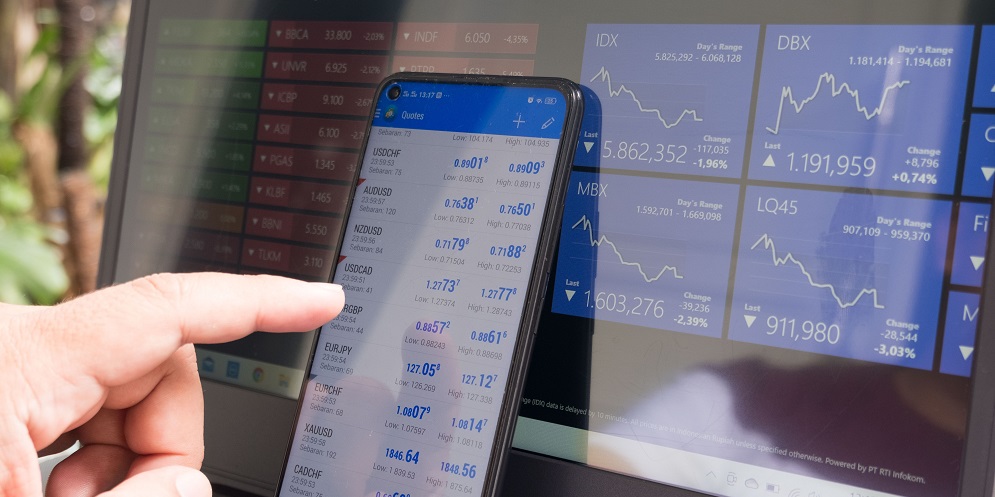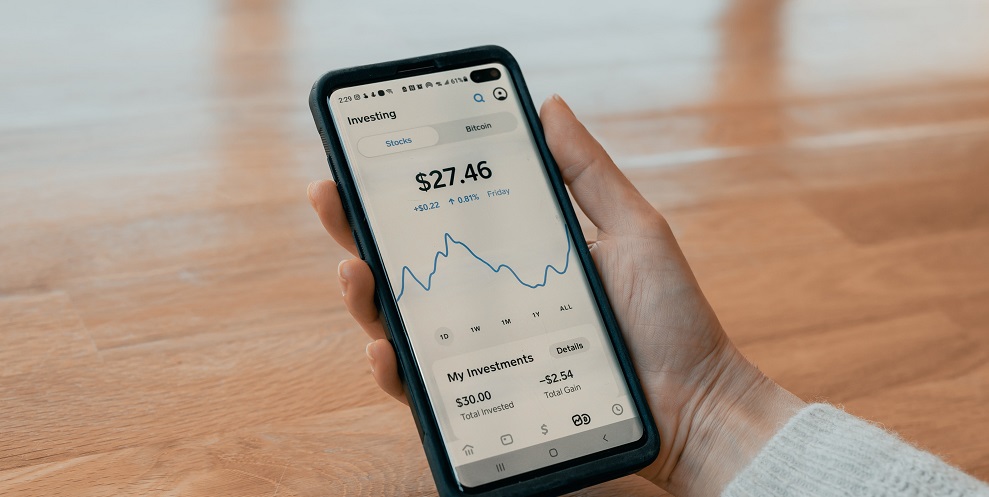Why I Don’t Day Trade More Than $500

The idea behind day trading seems simple: you buy a security and sell it in the same day. Unfortunately, this “easy” trading strategy is far more complex, and dangerous, than it sounds. That’s why protecting your finances is so important.
How Does Day Trading Work?
Let’s say you have the feeling that an important announcement is coming from a CEO of a certain company. You buy the company’s stocks in anticipation of a sharp-but-temporary rise in value. After the sudden spike, you sell for a profit.
This is called news-based day trading. Other pros follow range trading or scalping strategies. They may try to capitalize on lots of small changes that can add up to overall profits.

How Do I Keep My Finances Safe?
Day trading for beginners is like a middle-school basketball player walking onto the court against LeBron James, Michael Jordan or other NBA all-stars. The stock market is made up entirely of other traders, many of whom make their profits by betting against newcomers.
Even though I’m a successful businessman, I still protect my finances by limiting day trading:
- My limit per trade is $250
- I force myself to walk away for the day if I lose $500 on my trades
- I only day trade when something in the market really stands out to me
Some people love day trading and others hate it. Personally, I lean more towards the “don’t trust it” side of things. However you feel, you need to set a limit on the amount of capital you risk.
[insert page='Offer' display='content']
Why Put Limits on Day Trades?
Most financial experts recommend keeping any single trade at or below 1% of your total account balance. If you have a trading balance of $40,000, that means that you wouldn’t risk more than $400 per trade. You can enforce this limit using a stop loss order.
A stop loss order sets the minimum price you want the stock to automatically exit trade at. Let’s say you buy 100 shares of stock at $200, hoping to sell at $210 and make $1,000. You can put your stop loss order at $198, ensuring that the most you lose is $200.
I also recommend setting a daily stop loss limit on your trading account of about 3%. This limit means that if you lose 3% of your account’s value, you automatically stop trading for the day. This helps you avoid the massive losses that can happen if you’re not careful.
Don’t try to control yourself through willpower alone. It’s too easy to get sucked into the whirlwind of excitement, adrenaline and good old-fashioned greed when you’re winning. Force yourself to protect your finances with a stop loss order on every trade.

What's the Secret to Successful Day Trading?
There isn’t any “magic bullet” that’s going to make you money. Day trading is extremely risky, and many new traders only have a success ratio of 8%–10%.
The more experience and financial knowledge you obtain, the smarter your trades can be. You won’t let fear hold you back from smart moves, and you won’t let overconfidence push you into staggering losses. You also need the right trading platform, a good laptop and a great broker.
Professional day traders don’t approach the market as a side gig. It’s a full-time (and more) job to them. They endlessly research market trends, study finances and develop complex algorithms.
And remember, always use stop loss orders. I mean always.

